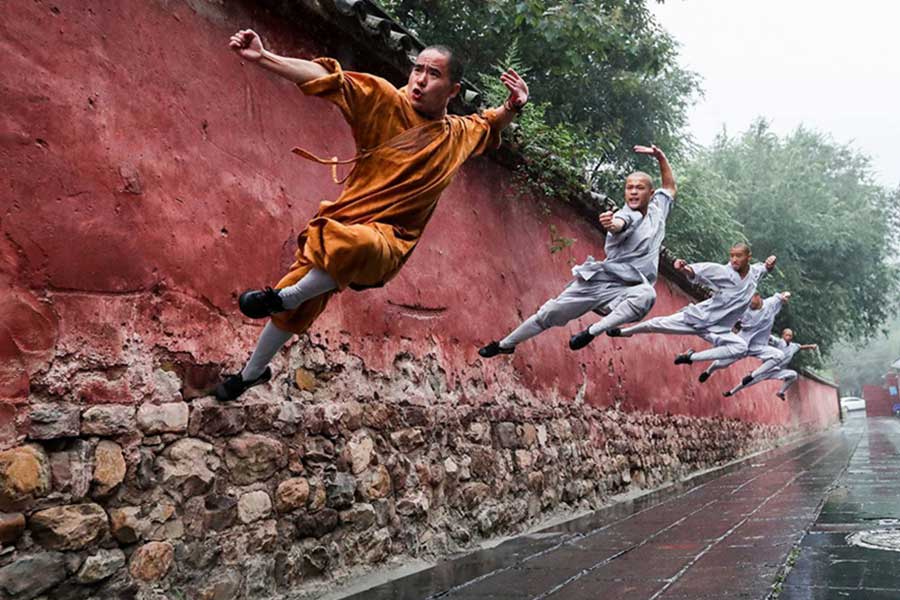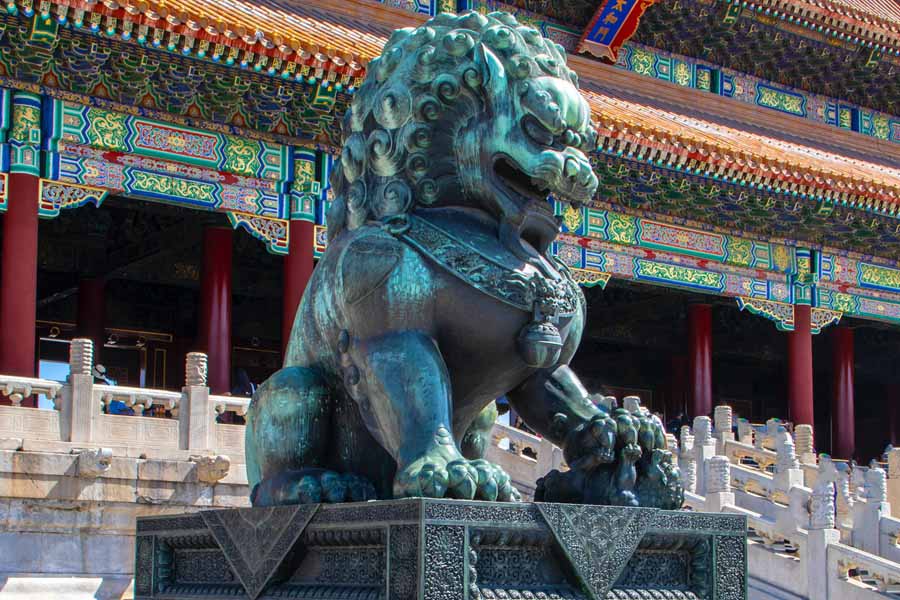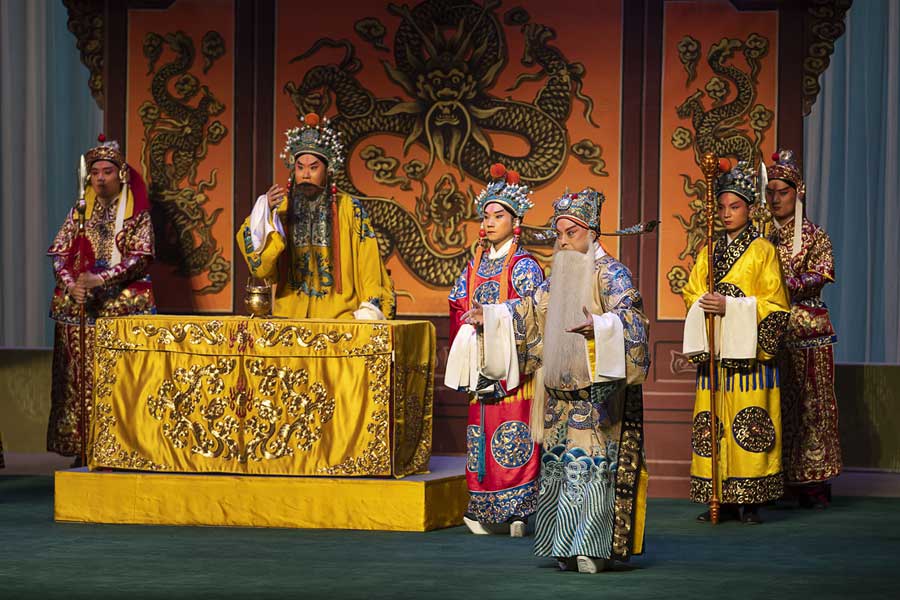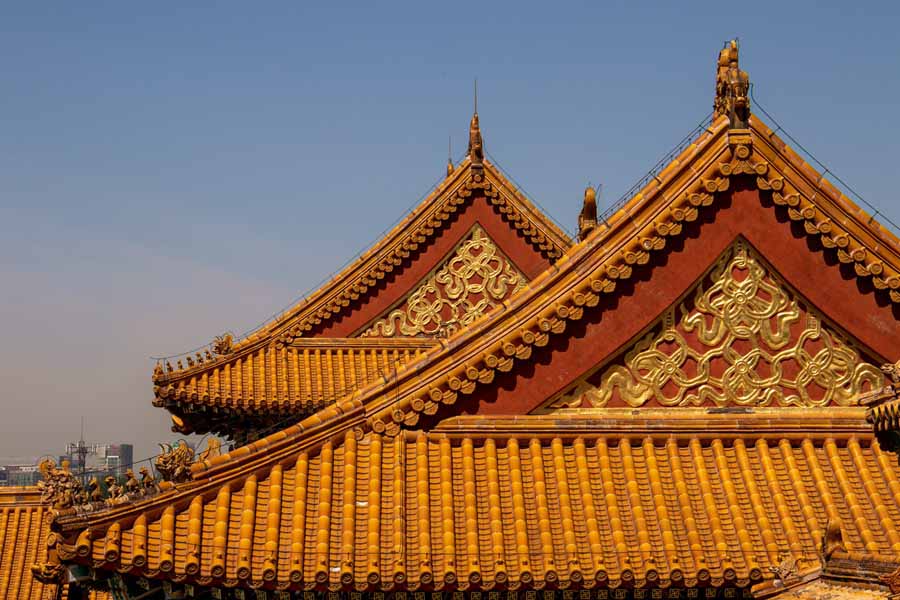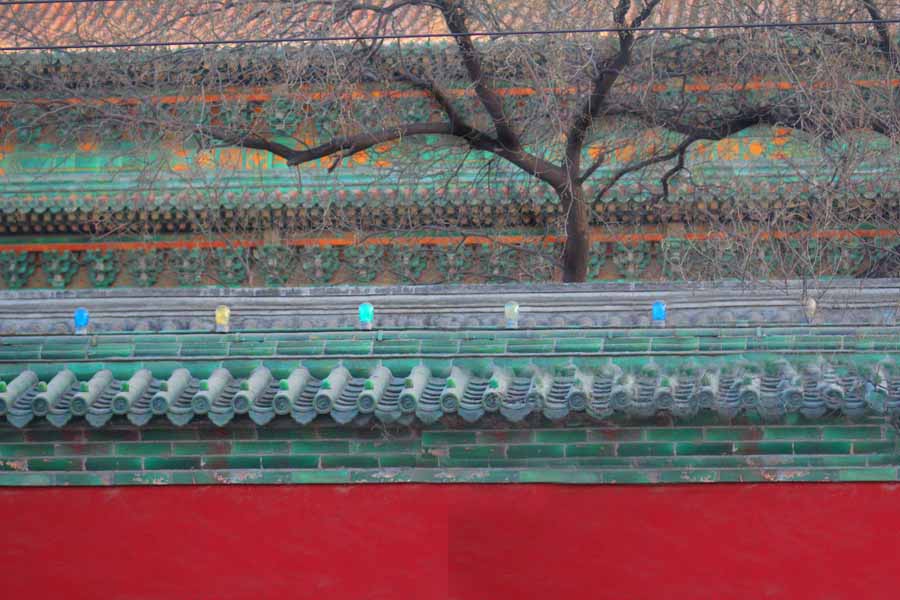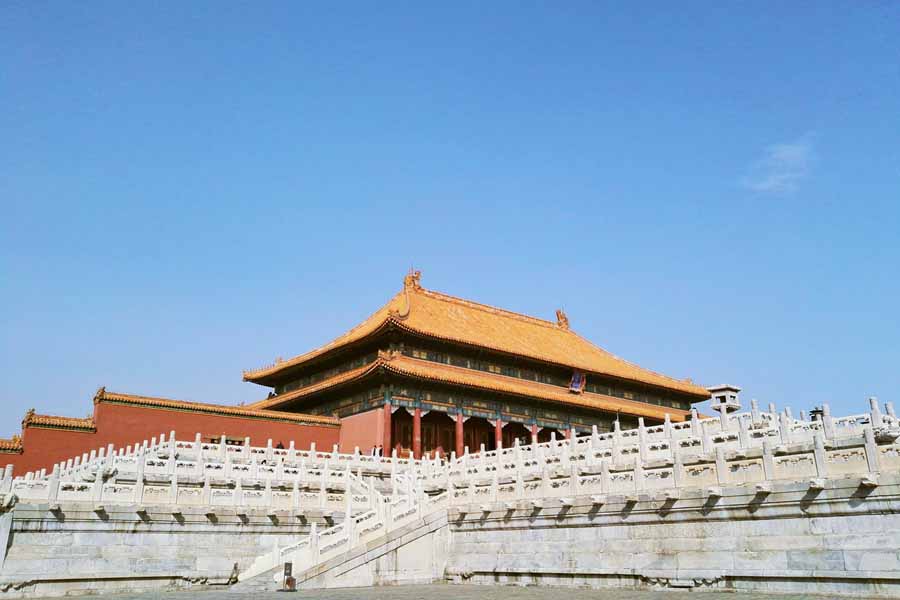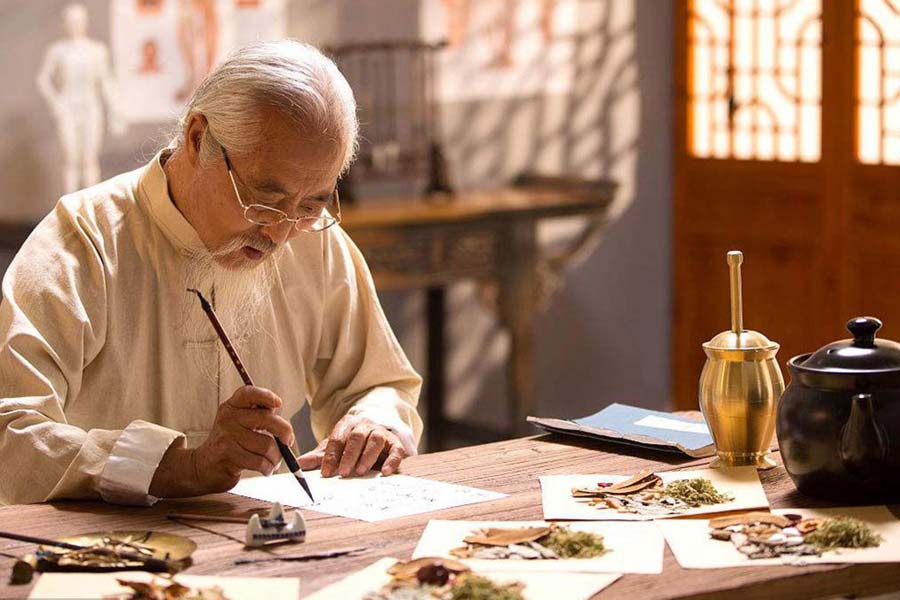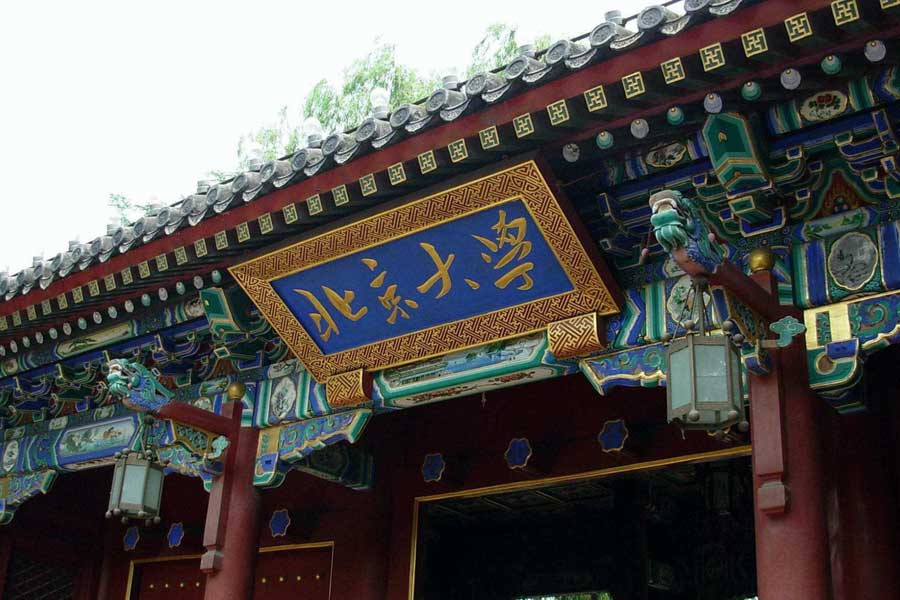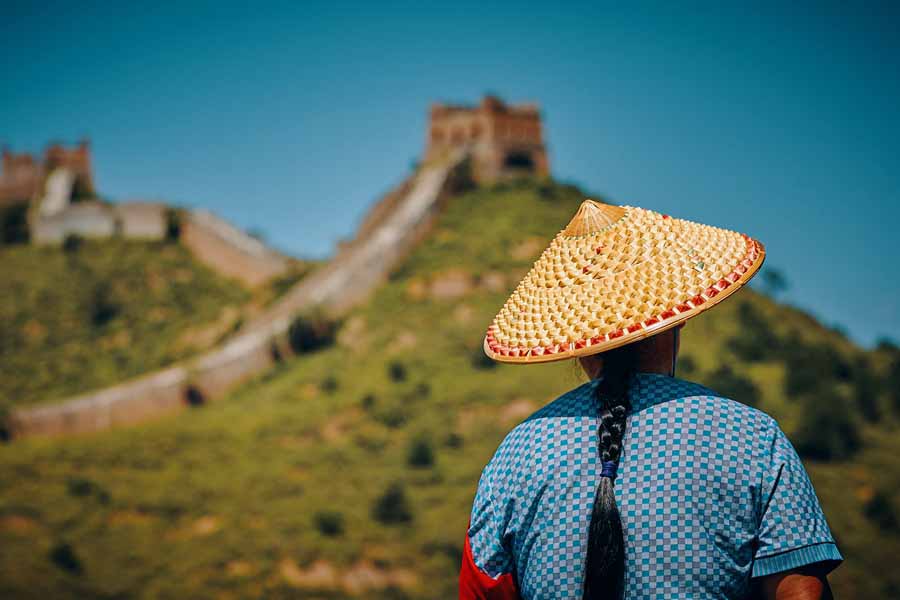Chinese folklore
Chinese Martial Arts: Origins, Styles, and Characteristics
Kung-fu and Wushu are terms that have been borrowed into English to refer to Chinese martial arts. Chinese martial arts are a number of fighting…
Chinese Carving: Types, Characteristics, and History
Carving art has a long history in China and it reflects the culture of the Chinese nation. The carving remains and cultural relics kept till…
Peking Opera: Origin, Characteristics, And Roles
Chinese traditional opera is considered one of the world’s three ancient operas, together with Greek tragedy and comedy, and Indian Sanskrit opera. Among the more…
History
The Ming Dynasty: China’s ‘Brilliant’ Dynasty
The Ming dynasty lasted from 1368 to 1644 and provided an era of relatively autocratic domestic rule lasting almost 300 years that followed a period…
The Song Dynasty: China’s Philosophically Diverse Dynasty
The Song dynasty (960–1279) began in 960 and lasted until 1279. The dynasty was founded by Emperor Taizu and ended the chaotic Five Dynasties and…
What Were The Supervision Systems in Ancient China?
In ancient China, the Imperial Examination System was highly compatible with the feudal ideology; the disciplinary inspection system and the impeachment system aimed to keep…
Culture
Traditional Chinese Medicine: What You Need To Know?
Traditional Chinese medicine (TCM) is a medical system that began its development in China about 5,000 years ago. To tell you the truth, it’s hard…
What Is The Chinese Education System Like?
Traditional Chinese culture attached great importance to education as a means of enhancing a person’s worth and career. The Chinese education system is considered one…
What Are The Traditional Chinese Views of Fate?
Until today, among those proverbs that have been long popular, one proverb—“human life is predestined” is still familiar to quite a lot of Chinese people….

